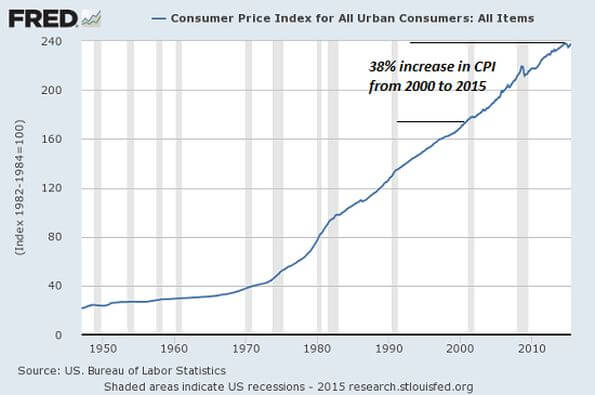 Ellen Brown – The world is undergoing a populist revival. From the revolt against austerity led by the Syriza Party in Greece and the Podemos Party in Spain, to Jeremy Corbyn’s surprise victory as Labour leader in the UK, to Donald Trump’s ascendancy in the Republican polls, to Bernie Sanders’ surprisingly strong challenge to Hillary Clinton – contenders with their fingers on the popular pulse are surging ahead of their establishment rivals.
Ellen Brown – The world is undergoing a populist revival. From the revolt against austerity led by the Syriza Party in Greece and the Podemos Party in Spain, to Jeremy Corbyn’s surprise victory as Labour leader in the UK, to Donald Trump’s ascendancy in the Republican polls, to Bernie Sanders’ surprisingly strong challenge to Hillary Clinton – contenders with their fingers on the popular pulse are surging ahead of their establishment rivals.
Today’s populist revolt mimics an earlier one that reached its peak in the US in the 1890s. Then it was all about challenging Wall Street, reclaiming the government’s power to create money, curing rampant deflation with US Notes (Greenbacks) or silver coins (then considered the money of the people), nationalizing the banks, and establishing a central bank that actually responded to the will of the people.
Over a century later, Occupy Wall Street revived the populist challenge, armed this time with the Internet and mass media to spread the word. The Occupy movement shined a spotlight on the corrupt culture of greed unleashed by deregulating Wall Street, widening the yawning gap between the 1% and the 99% and destroying jobs, households and the economy. Continue reading

 Charles Hugh Smith – We are constantly bombarded with two messages about inflation:
Charles Hugh Smith – We are constantly bombarded with two messages about inflation: